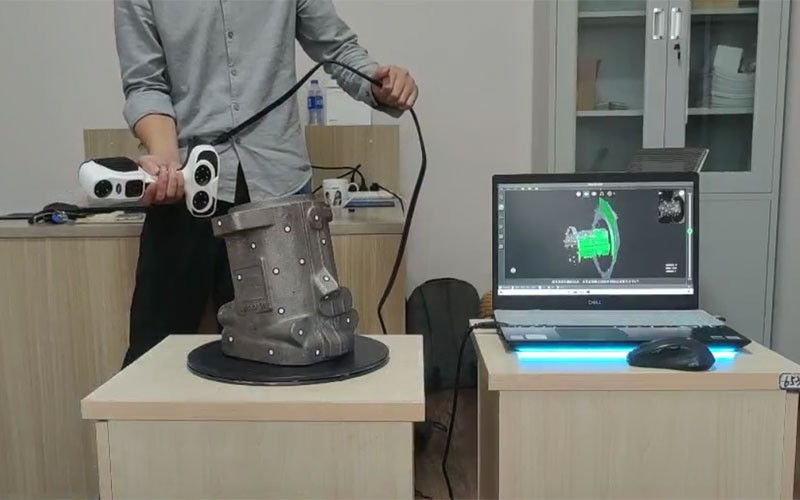The Evolution of Reverse Engineering: From Traditional Methods to 3D Scanning
02/15/25
As industries continue to demand higher accuracy and efficiency, our commitment to innovation has led us to develop state-of-the-art technologies that transform traditional methods into sophisticated, streamlined processes. Understanding the evolution of reverse engineering—from its roots in manual measurements to the adoption of cutting-edge 3D scanning techniques—provides insight into how businesses can enhance their product development and manufacturing capabilities.
 Traditional Reverse Engineering: A Time-Consuming Process
Traditional Reverse Engineering: A Time-Consuming Process
Historically, reverse engineering involved labor-intensive practices that required skilled technicians to take precise measurements of physical objects. This often included creating 2D drawings, drafting plans, and reconstructing components using manual tools. While effective to an extent, these traditional methods were fraught with limitations.
The reliance on manual measurement led to recurring issues such as human error, time delays, and inconsistent results. In many cases, the process would involve multiple rounds of revisions before reaching a final design. This not only consumed valuable resources but also hindered the ability of companies to respond quickly to market demands or implement design enhancements. Recognizing these inefficiencies, industries began seeking more advanced solutions that would provide greater accuracy and speed.
The Rise of 3D Scanning Technology
The introduction of 3D scanning technology marked a significant turning point in the realm of reverse engineering. With tools capable of capturing detailed geometric data in real-time, businesses could now create accurate digital models of existing products with unprecedented speed and precision. At 3DeVOK, we have embraced this evolution through our innovative 3D scanning solutions.
3D scan reverse engineering allows teams to obtain comprehensive data from physical objects quickly, eliminating the need for extensive manual measurements. Our iReal 2E color 3D scanner exemplifies this transformation, empowering users to capture both the shape and appearance of parts effortlessly. By integrating 3D scanning into reverse engineering workflows, we enable organizations to streamline their processes, reduce lead times, and minimize errors—all essential components for thriving in today’s competitive landscape.
Bridging the Gap: Combining 3D Scanning and CAD
One of the most impactful developments in the evolution of reverse engineering is the seamless integration of 3D scanning data with Computer-Aided Design (CAD) software. Once a 3D scan is complete, the resulting data can be directly imported into CAD platforms for further analysis and modification.
This integration revolutionizes the design process by allowing engineers to visualize how scanned components fit into existing assemblies. For example, when creating prototypes from scanned data, manufacturers can quickly iterate on designs and make necessary adjustments without starting from scratch. By providing a digital foundation built on accurate 3D scan data, we help businesses innovate rapidly, enabling them to adapt to changing consumer preferences and technological advancements.
At 3DeVOK, we believe that the combination of 3D scanning and reverse engineering will only become more vital as industries evolve. Our commitment to providing advanced tools and solutions ensures that companies can meet these challenges head-on.
Conclusion
In conclusion, the evolution of reverse engineering from traditional methods to modern 3D scanning technology has transformed how businesses approach product design and development. At 3DeVOK, we recognize the significance of this progression and are proud to offer solutions that empower organizations to leverage the benefits of 3D scan reverse engineering.
Adopting 3D scanning and reverse engineering will be essential for preserving a competitive edge as sectors increasingly rely on technology for precision and efficiency. Rapid innovation and efficient workflows are made possible by the capacity to capture minute details and incorporate data into CAD systems with ease. We at 3DeVOK are still dedicated to spearheading this revolutionary movement and improving our products on a constant basis to help businesses handle the challenges of contemporary production.
Related Articles
View Our Product




